On August 3 members of the IAB Mobile Advertising Council participated in the “Latest and Greatest in Mobile Creativity” seminar at PwC.
The event was opened by Mihael Mikek, founder and CEO of Celtra, who was pleased to see so many people at the event. He said it is comparable to what he sees in the USA, and that it was good to see the industry here “so vibrant and developed.” Celtra does 80% of its business in the USA, and Mikek said he thinks the most interesting trends are emerging from Asia and the Pacific region, adding that, in his opinion, this region is where the future of mobile is going to be shaped.
Mikek went on to outline some of the excellent work Celtra is doing in mobile creative. (You can download Mikek’s full presentation here.)
IAB CEO Vijay Solanki hosted an interesting panel debate closing the event with Mobile Council members, focusing on the importance of education around mobile and the need to be championing mobile with clients and agencies. (Watch a segment of that discussion on Periscope here.) In between Mikek and Solanki, we heard from a few of Australia’s digital leaders working in mobile.
Excellent Examples
Stewart Heys, head of ad product strategy at Yahoo7, opened his presentation with some interesting stats:
- Mobile now represents 65% of time spent online
- App usage grew by 58% last year
- Mobile consumption will overtake desktop in 2016.
He also pointed out that, according to Mary Meeker’s famed Internet Trends Report for 2016, that there is still a way to go for mobile ad spends to catch up to consumption, with time spent (in the US) at 25%, but ad expenditure only at 12%.
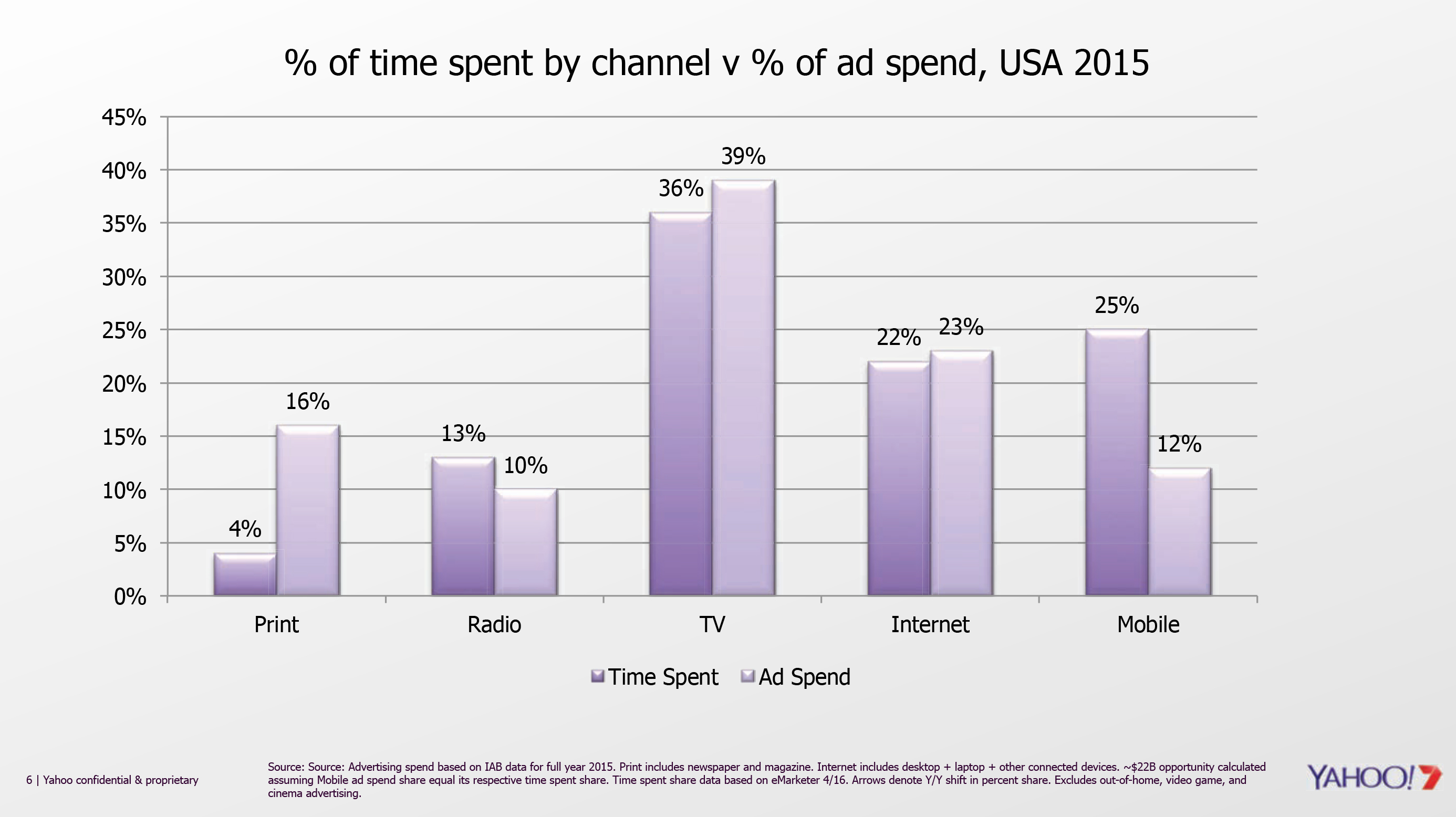
Click on the images below to watch Heys’ examples of excellent mobile creative – VR headset optional but recommended.
 |
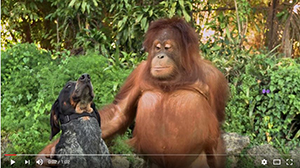 |
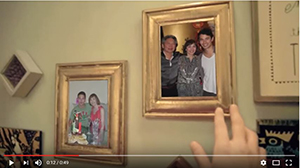 |
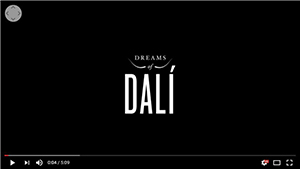 |
 |
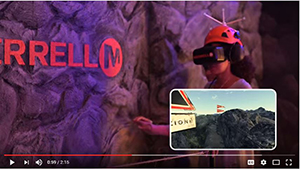 |
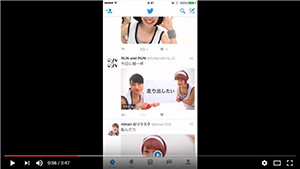 |
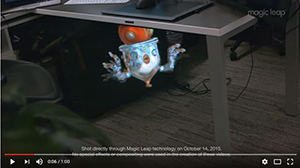 |
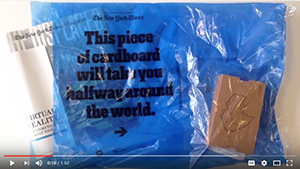 |
The What and the Why
Darren Patterson, strategic solutions director at Big Mobile, tackled the user experience and its essential relationship to great creative. Watch a short edited video of his presentation below.
(Watch the video on YouTube here.)
Patterson also went on to outline the ways Big Mobile achieves its great creative elements, and that can be found in his presentation (download Patterson’s full presentation here).
Who owns mobile creative?
The engaging Venessa Hunt, head of mobile at GroupM, discussed the ownership of mobile creative.
Hunt initially identified two problems concerning the ownership of mobile creative:
- No one is willing to own it, and it’s often seen as someone else’s problem.
- Mobile is not a technology or a platform, it is a behaviour. It’s part of what we do, and has less to do with the technology than it has with how we interact with the world.
She made the point that, with a majority of platforms 50% mobile already, if you are buying, for example video or display, then you already are buying mobile. It becomes a question about what is different about mobile on those platforms and how does that affect the creative elements and the implementation?
Hunt made an inclusive definition of creative and the elements involved as follows:
- Creative direction
- Idea creation
- Asset development
- Behavioural insight
- Mobile idea development
- Data solutions
- Media formats
- Creative production
- Innovative tech
And, with so many elements all coming together, it is useful to further delineate the definition into those who “Champion the creative”, and those who “Implement the creative”.
The distinctions between the major players in mobile creative was a theme that Hunt spent some time on, discussing the confusions and the crossovers between what she terms “The Big Four,” which she further broke down into:
- Agency: Creative, Strategy, Production and Media
- Production: Mobile Pure Play, Traditional and Big Guns (such as Google and Facebook)
- Creative Platform: Ad Builders, Format Creators and Advertising Tools
- Ad Tech: Measurement, Viewability and Attribution
Hunt noted that there is a lot of confusion about who, amongst those myriad players, owns mobile creative (and that isn’t even taking into account the role that brands and certain technologies play).
“Everyone wants a say but no one wants to own it,” said Hunt. She added that there is then the risk of ending up with “disjointed ideas that make no sense, that actually don’t connect anything … it’s more around novelty than anything else.”
As a side effect of this (when nobody actually owns mobile and everybody thinks it’s not their problem), she believes this creates a giant skills gap in mobile.
“One problem in lack of ownership is actually creating the rest of the problems …” she said.
Hunt said that for any one vendor to own creativity is really hard. For anyone to own it is to disregard the speed of change, the evolving possibilities of technology and the ability to do great work (because all of these pieces need to come together to create truly great work). It is everyone’s responsibility, and it needs to be more strategy oriented.
In short, Hunt believes we need to stop blaming other people and all take responsibility for mobile: There needs to be a lot more collaboration between all the moving parts and elements to bring mobile creative to where it should be, which will see clients spending appropriately in relation to consumption.
(Download Hunt’s full presentation deck here.)